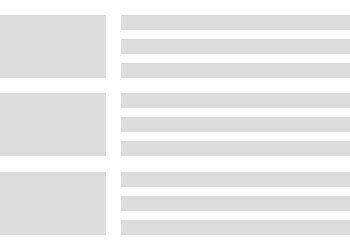How can we effectively monitor soot pollution in the air

Airborne smoke pollution has severe impacts on human health and the environment, so effective monitoring and measures to reduce this pollution are crucial. This article will introduce how to effectively monitor smoke and dust pollution in the air, helping us understand the sources and levels of pollution, so as to take corresponding control measures and create a cleaner and healthier air environment.
Use particulate matter monitoring equipment
Particulate matter is the main component of smoke pollution, so using particulate matter monitoring instruments is the key to monitoring smoke pollution in the air. These instruments can measure particulate matter in different diameter ranges, such as particulate detector pm2. 5 (diameter less than or equal to 2.5 microns), PM10 (diameter less than or equal to 10 microns). By installing particulate matter monitoring equipment and taking regular measurements, we can understand the levels and changing trends of soot pollution.
Determine the source of contamination
Understanding the sources of soot pollution is critical to developing effective control measures. During the monitoring process, we can combine other information, such as geographical location, meteorological conditions, etc., for analysis and inference. By comparing monitoring data at different times and locations, the main sources of smoke pollution can be gradually determined, such as industrial emissions, traffic pollution, or indoor combustion.
Data analysis and reporting
Monitored data is not just numbers, but also requires systematic analysis and reporting. By conducting statistical and trend analysis on the data, we can reveal the patterns and changing trends of smoke pollution. These analysis results can be used to formulate environmental protection policies and control measures, and provide relevant reports to government agencies, environmental organizations and the public to promote public awareness and action.
take control measures
Effectively monitoring smoke and dust pollution in the air is only the first step. Next, corresponding control measures need to be taken to reduce pollution sources and improve air quality. Based on the monitoring data and identification of pollution sources, targeted control strategies can be formulated, such as strengthening industrial emission control, promoting clean energy, and improving vehicle exhaust emission standards. In addition, increasing public environmental awareness and participation is also an important means to reduce smoke pollution.
Effectively monitoring smoke and dust pollution in the air is an important part of protecting the environment and human health. By using particulate matter monitoring instruments, identifying pollution sources, and conducting data analysis and reporting, we can understand the levels and sources of smoke pollution and provide a scientific basis for taking corresponding control measures. We should pay attention to air quality monitoring, strengthen environmental protection awareness, and work together to create a cleaner and healthier air environment.









-450x320.jpg)

-450x320.jpg)